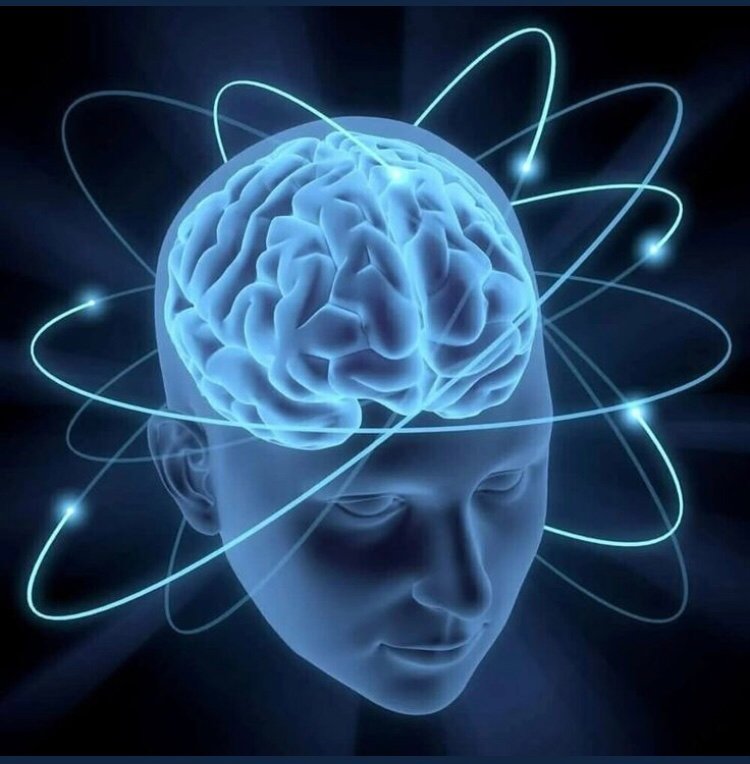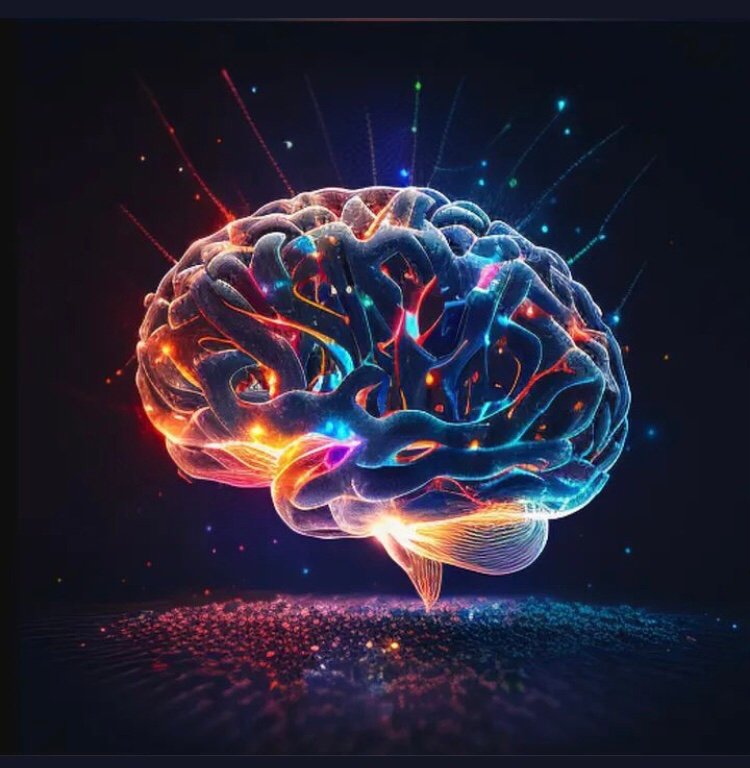Dreams are a captivating and intricate aspect of human experience, shaped by complex brain processes and various influences. This article explores the neuroscience behind dreaming, how dreams manifest, and what factors shape them.
Dreaming takes us to realms crafted by our own minds, a universal yet enigmatic experience. The science of dreaming centers on brain activity during sleep, particularly the Rapid Eye Movement (REM) phase.
Sleep cycles through several stages, including non-REM and REM sleep. REM sleep is where vivid dreaming occurs. During this stage, the brain is highly active, similar to its state when awake. This phase features rapid eye movements, increased heart rate, and irregular breathing. Despite the brain’s high activity, the body remains largely paralyzed, preventing us from acting out our dreams.
Several brain regions play roles in dreaming:
The Cortex: The cortex, responsible for higher-order functions like thinking and perception, becomes highly active during REM sleep, creating the vivid imagery and complex stories in our dreams.
The Limbic System: The amygdala and hippocampus, part of the limbic system, are also active during REM. The amygdala, involved in processing emotions, adds emotional intensity to dreams, while the hippocampus, crucial for memory, helps weave experiences into dream narratives.
The Pons: This brainstem region initiates REM sleep by sending signals to the thalamus and cortex, triggering the brain’s transition into this active dreaming state.

Dream content is shaped by several factors:
Daily Experiences: Our waking lives significantly influence our dreams. “Day residue,” or fragments of daily activities, often appears in dreams. Stressful events, important conversations, and unresolved issues can weave into our nighttime narratives.
Emotions: Dreams are deeply connected to our emotions. Intense feelings like fear, joy, and sadness can color our dreams. The limbic system’s activation during REM sleep explains why dreams often carry strong emotional undertones.
Memory Processing: Sleep, especially REM sleep, is crucial for memory consolidation. Dreams may help process and organize memories, linking new information with existing knowledge, which explains why we sometimes dream about recent experiences.
Physiological States: Physical conditions influence dreams. For instance, being too warm or too cold while sleeping can lead to dreams reflecting discomfort or unease.
Substances: Substances like alcohol or medications affect sleep patterns and dream content. Some suppress REM sleep, leading to fewer or less vivid dreams, while others enhance dream recall or intensity.
The exact purpose of dreaming remains debated among scientists. Some theories suggest that dreams help process emotions, solve problems, and consolidate memories. Others propose that dreams might be a byproduct of the brain’s efforts to make sense of neural activity during sleep.
Dreaming is one of the most fascinating aspects of human experience, blending neuroscience with the mysterious workings of the mind. The interplay of brain regions during REM sleep creates the vivid, emotional, and sometimes bizarre landscapes of our dreams. By understanding the neuroscience behind dreaming, we gain insights into how our brains process experiences, emotions, and memories, enriching our understanding of the human mind.






You must be logged in to post a comment.